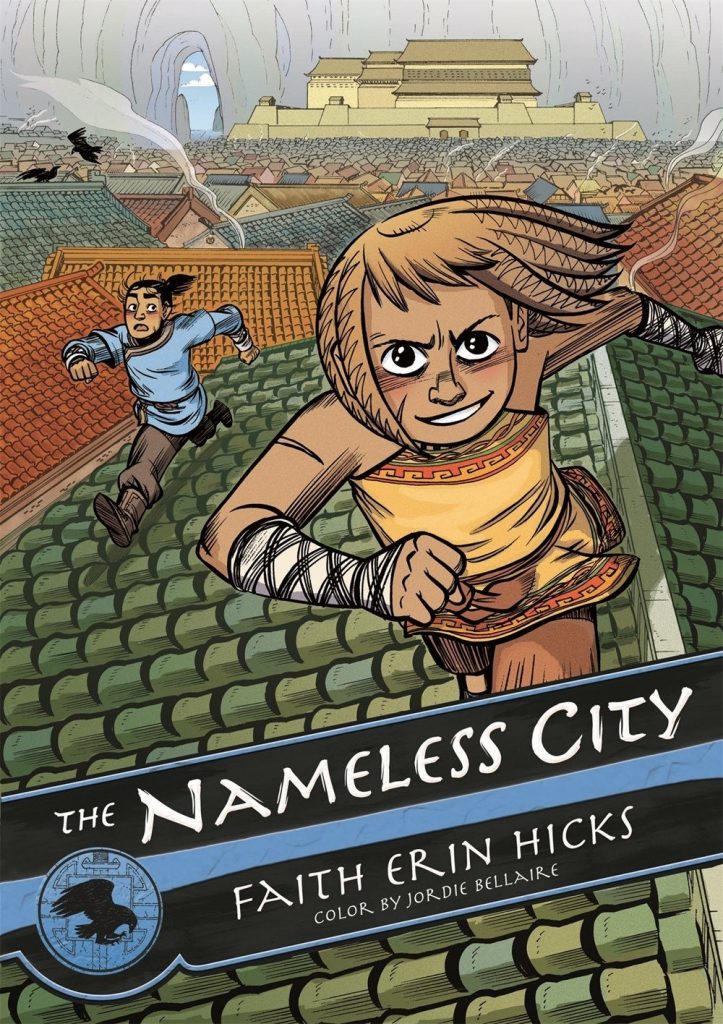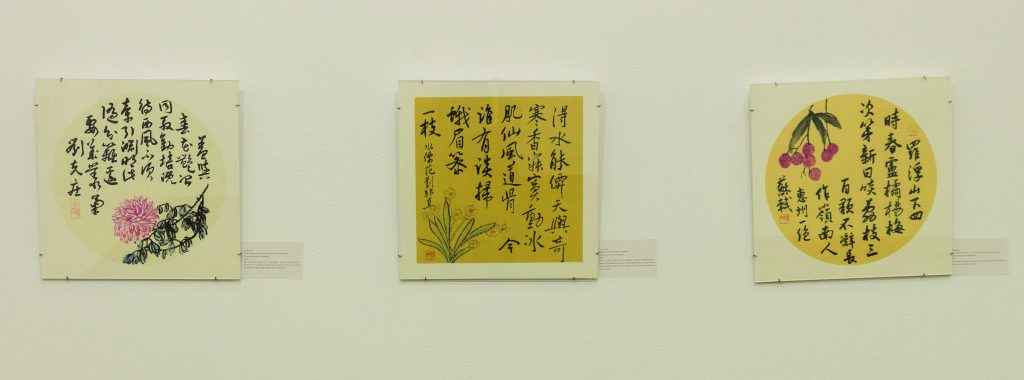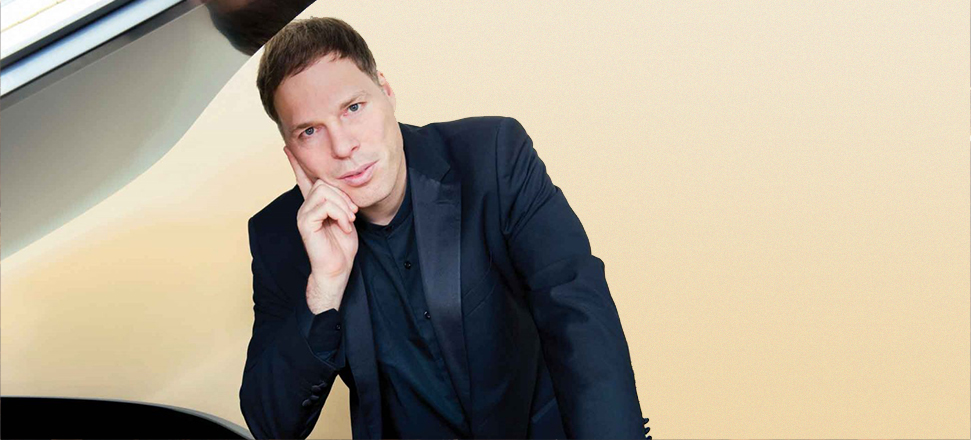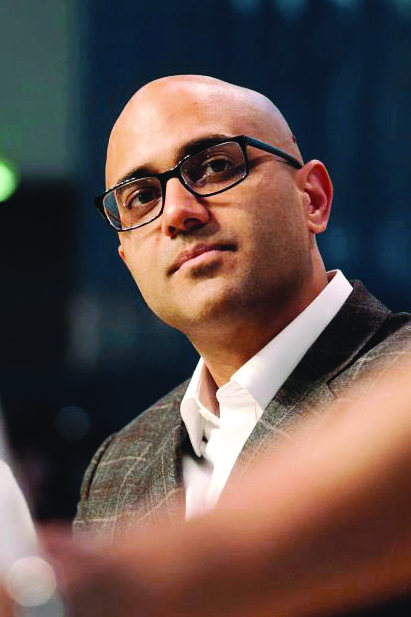
Chrys Weedon | Entertainment Editor
John Vanderslice could be described many ways, but the label “influential” is one that everyone can objectively agree on. According to johnvanderslice.com, Vanderslice has produced and collaborated with bands such as Death Cab for Cutie, St. Vincent, The Mountain Goats, Grandaddy, Teen Daze, Sleater-Kinney and many others.
Vanderslice came to Salem on a tour promoting his new album, “The Cedars.” Released April 4, this album has broken the musician’s five-year-long solo career hiatus. In November 2013, while on tour in Ohio for his album “Dagger Beach,” Vanderslice was in a high-speed car accident.
“After that happened, maybe a second later, I was like, I’m done. I don’t want to die in a van. It wasn’t sad, it wasn’t celebratory. It was just like, eh, I had a good run,” Vanderslice was quoted in a New Yorker article written by Jason Fagone. Afterwards, Vanderslice’s hiatus commenced.
“The Cedars” album was inspired by a piece of land in West Sonoma, California. The Cedars is an 11 by 11 square mile canyon near a piece of land owned by Vanderslice.
“It’s only 6 miles away but it takes up a mythic space in my mind, like the perfect sound, the perfect lyric. It is unreachable. A lot of this record was written on this land, under the heavy influence of this place,” Vanderslice wrote in the album notes on his website.
Vanderslice has been writing music since he was a young teen. Flash forward to 1989, and Vanderslice moved to San Francisco and made three records with the band MK Ultra. In 1997, the musician opened Tiny Telephone Recording, providing a recording space to the indie rock community of the Bay Area. Since the beginning of his career, Vanderslice has released 11 albums, a handful of singles and is credited on 186 albums on allmusic.com.
“The songwriting process of this record was so radically different … we kind of entered into this irrational machine world,” said Vanderslice in a mini-documentary directed by Cooper Kenward about the making of “The Cedars.” Vanderslice favors analog, which is strongly apparent, especially in this new album. This is a style Vanderslice labels “sloppy hi-fi” in the same New Yorker interview.
On April 24, in the basement of the Space Concert Club, Vanderslice played a show with opening band Meerna, who also hail from Southern California. The 51-year-old musician’s eccentric purple hair matched the cool-hued show lights. After a handful of solo-songs by Vanderslice, he was joined by Meerna and they played a selection of songs, most from “The Cedars,” including “Will Call” and “I’ll Wait for You.”
Vanderslice has a passionate and captivating stage presence, and although his dancing skills aren’t the best, they definitely enhanced the performance. The venue was full of dedicated fans, and the kitchen even named a pie after the headlining musician. The love for Vanderslice in Salem was easily observable and made the performance that much more enjoyable.
Contact the author at howlentertainment@wou.edu
Photo by Chrys Weedon










